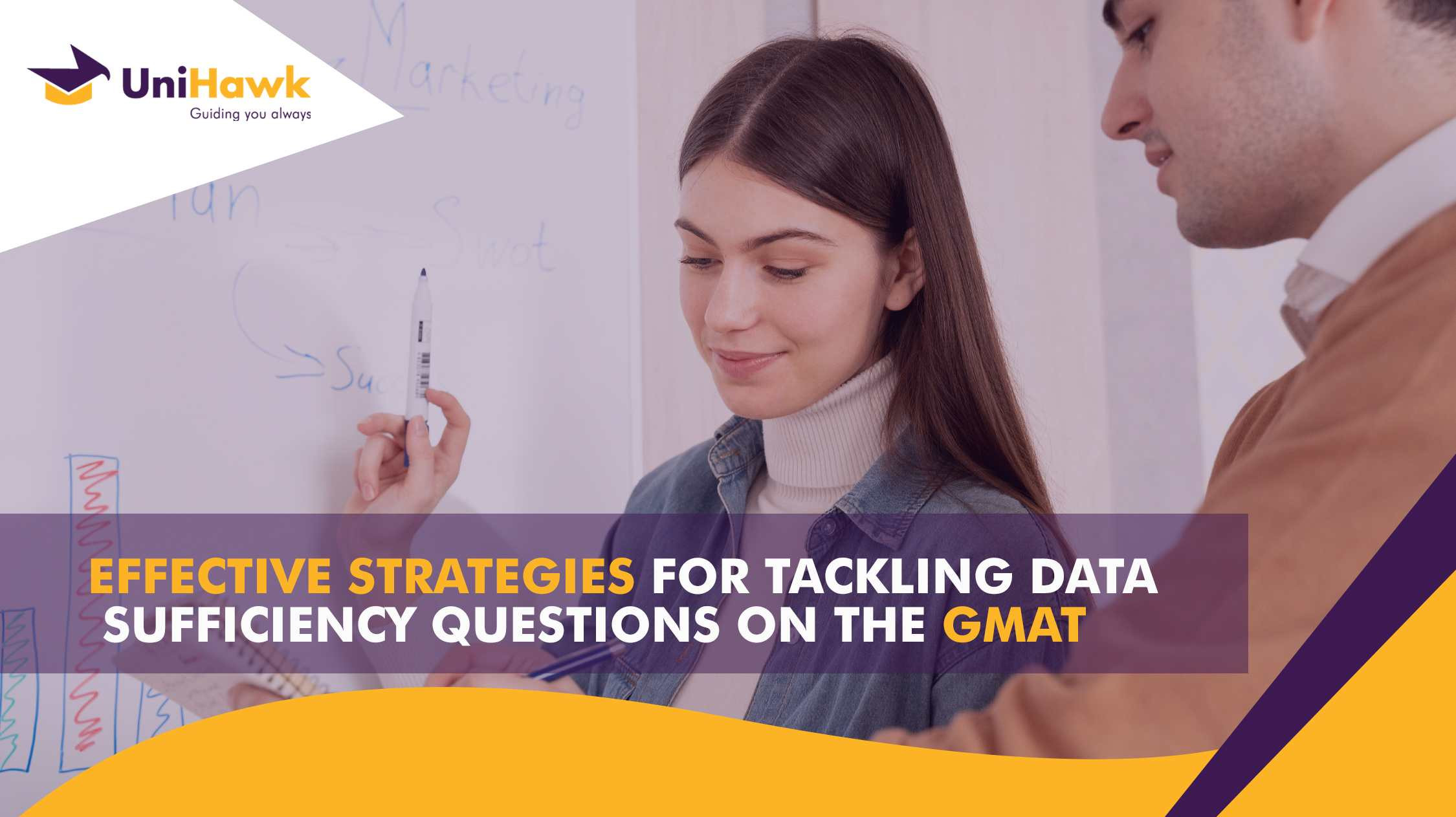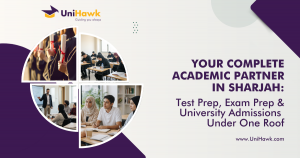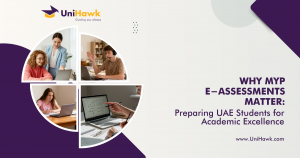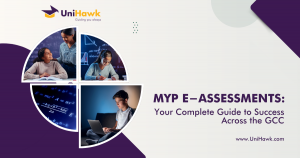Data Sufficiency questions are an integral part of the GMAT Quantitative section, accounting for nearly half of the section’s questions. These questions require a different approach than the traditional problem-solving questions, as they assess not only your ability to solve a problem but also your ability to evaluate the given information to determine whether it is sufficient to answer the question. In this article, we will discuss some effective strategies for tackling data-sufficiency questions on the GMAT.
Understand the structure and Memorize the Answer Choices
Before diving into the actual questions, it’s important to understand the structure of data-sufficiency questions. Each data sufficiency question consists of a question stem followed by two statements labeled (1) and (2). Your task is to determine whether the information in the statements, taken separately or together, is sufficient to answer the question. There are five possible answer choices:
(A) Statement (1) alone is sufficient, but statement (2) alone is not sufficient.
(B) Statement (2) alone is sufficient, but statement (1) alone is not sufficient.
(C) Both statements taken together are sufficient, but neither statement alone is sufficient.
(D) Each statement alone is sufficient.
(E) Statements (1) and (2) together are not sufficient to answer the question asked, and additional data is needed.
Familiarizing yourself with the 5 data sufficiency answer options can significantly improve your performance on the GMAT quant section.
Read the question stem carefully
Before you start trying to solve the problem, make sure you understand what it’s asking. Data sufficiency questions are designed to test your ability to determine whether the given information is sufficient to answer the question, not to actually solve the problem.
Make note of any important information, such as what type of value you’re being asked to find (integer, positive, negative, etc.) and any relevant information about the variables or quantities involved.
Avoid spending unnecessary time solving the problem.
Data sufficiency questions in GMAT Math may seem confusing at first, but they are not meant to test your ability to solve the problem. Instead, these questions are designed to evaluate your analytical skills and your understanding of whether the given information is sufficient to solve the problem. The focus is less on finding the answer and more on determining if you have the ability to find the answer based on the information provided.
Use the given information
The two statements given in data sufficiency questions can be used individually or together. Start by evaluating each statement independently to see if it is sufficient to answer the question. If not, evaluate them together to see if they provide enough information to solve the problem.
For example, consider the following data sufficiency question:
If p and q are integers, is pq even?
(1) p is even.
(2) q is odd.
In this case, you can evaluate each statement independently:
Statement (1) alone: If p is even, then it can be expressed as 2k, where k is an integer.
This means that pq can be expressed as 2kq. Therefore, pq is even.
Statement (1) alone is sufficient.
Statement (2) alone: If q is odd, then it can be expressed as 2n + 1,
where n is an integer. This means that pq can be expressed as p(2n+1).
Since p is not necessarily even, pq may or may not be even.
Statement (2) alone is not sufficient.
Statements (1) and (2) taken together provide sufficient information to solve the problem.
If p is even, then pq will be even, regardless of whether q is odd or even.
Therefore, the answer can be (C) – both statements taken together are sufficient.
However, before considering both statements together, it is important to check whether statement (1) alone provides the answer to the question. Only if statement (1) is insufficient, should we consider using statement (2) or both statements together.
Be systematic
Approach data sufficiency questions systematically. Start by evaluating each statement individually, and then combine them if necessary. Don’t jump to conclusions without thoroughly evaluating the information provided in the statements.
When dealing with Yes/No questions, it is important to keep in mind that a response of “sometimes yes” or “sometimes no” is insufficient. In order for a statement to be considered sufficient, it must be true for all possible scenarios, indicating an “always” response.
Don’t assume additional information
One common mistake test-takers make is assuming additional information that is not given in the statements. You can only use the information given in the statements to solve the problem – you cannot assume additional information.
For example, consider the following data sufficiency question:
If x, y, and z are integers, is x > y > z?
(1) x + z > 2y
(2) y > 0
In this case, you cannot assume that x, y, and z are positive integers. If z is negative, then x could be less than y and still satisfy the condition. Therefore, the answer is (E) – statements (1) and (2) together are not sufficient to answer the question asked, and additional data is needed.
Consistent practice is essential
Data sufficiency questions can be challenging, but with practice, you can improve your skills. Take as many practice tests as possible and review the answers carefully to understand where you went wrong. Use real GMAT questions to get a sense of the level of difficulty and the types of problems that you may encounter on the actual exam.
In conclusion, data sufficiency questions in the GMAT Math Section require a systematic approach and careful analysis of the given information. By understanding the structure of these questions and practicing regularly, you can improve your skills and increase your chances of success on the GMAT.
Seek Professional Help
If you’re struggling to prepare for the GMAT independently, it may be worthwhile to consider seeking professional assistance. Here at UniHawk, we offer personalized tutoring sessions for a range of competitive exams including the GMAT, GRE, IELTS, and TOEFL. Our team of expert instructors is dedicated to supporting you in achieving your goals.






By: Abhinav Tyagi – Quant Trainer
Contact us today for a demo class.